Engie Australia has signed a “firm virtual storage agreement” with energy generating and retailing major AGL that allows for the financial trading of a virtual two-hour battery energy storage system (BESS).
The five-year derivatives-only agreement, that is backed by AGL’s portfolio of battery energy storage systems in New South Wales, is due to start in 2027. The agreement mimics a two-hour battery but the contracted capacity has not been disclosed.
Tiburce Blanchy, Engie Australia’s Head of Origination, said the agreement provides the company with the ability to virtually charge or discharge the battery at any time.
“The firm virtual storage agreement emulates the operational flexibility of a two-hour battery through daily financial swaps – two hours of discharge (buy) and two hours of charge (sell),” he said.
“For Engie, it allows us to deliver firming capacity to our customers, entirely independent of any physical asset.”
While Engie has already reached offtake deals with fellow French energy company Neoen that give it virtual access to part of the 300 MW / 450 MWh Victoria Big Battery near Geelong and the 270 MW / 540 MWh first stage of its Western Downs Battery in Queensland, Blanchy said the agreement with AGL is a first for the company in Australia.
“This is 100% virtual with no linkage to a specific BESS asset, unlike the deals we announced with Neoen, which were tied to their Victorian Big Battery and Western Down BESS,” he said.
“This is a landmark agreement and a milestone for our business and the Australian energy landscape. This advanced structure strengthens our suite of energy management services, offering more flexible solutions to market counterparts and large energy users in Australia.”
Virtual batteries are gaining popularity in Australia’s energy transition, allowing developers to lock in cashflow before construction is complete, and letting retailers and large corporates access storage benefits without heavy capex.
AGL’s general manager of trading and origination, Simon Sarafian, said such agreements can accelerate the energy giant’s battery energy storage system pipeline.
“This is a great example of how financial innovation and energy technology can work together to reshape Australia’s energy landscape,” he said.
This content is protected by copyright and may not be reused. If you want to cooperate with us and would like to reuse some of our content, please contact: editors@pv-magazine.com.
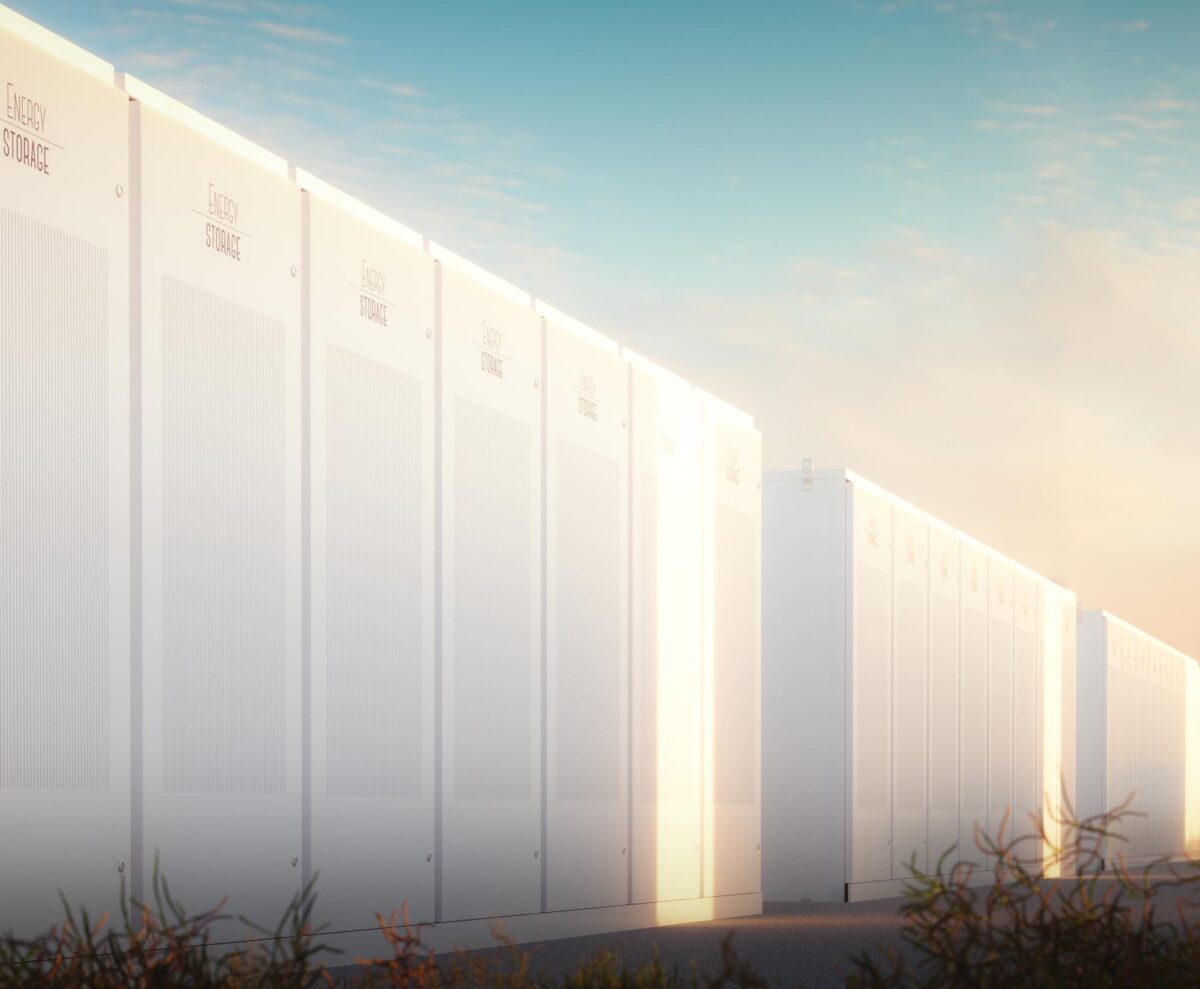
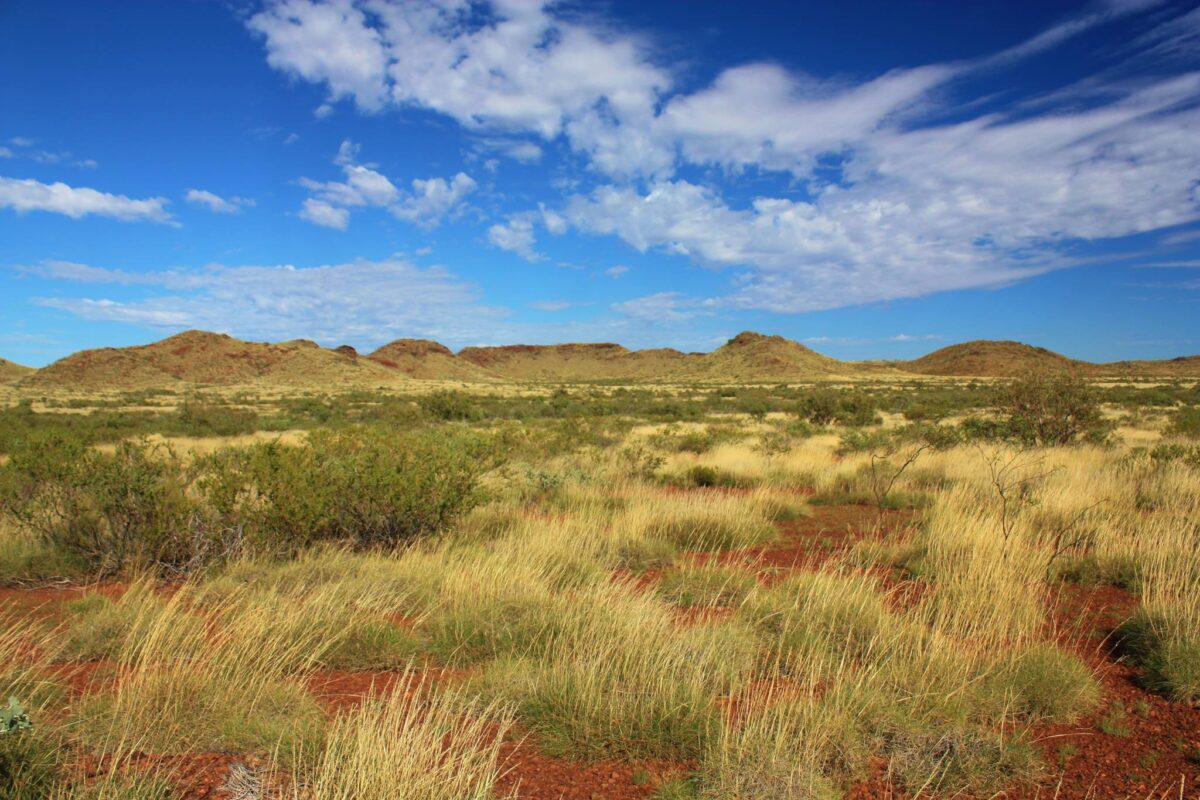
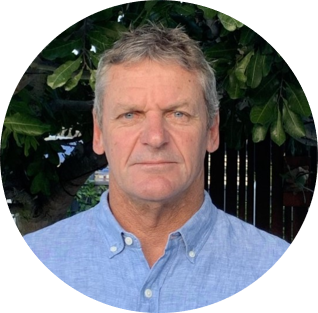

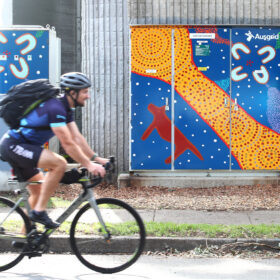

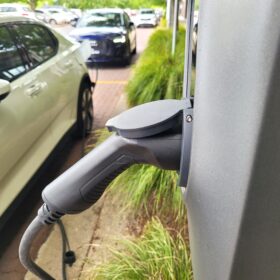
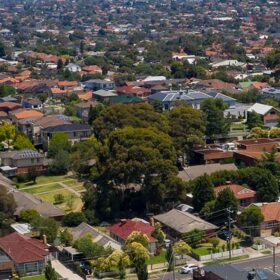
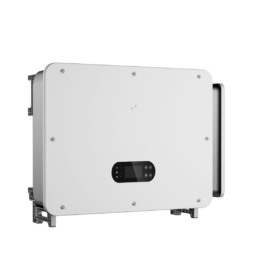
4 comments
By submitting this form you agree to pv magazine using your data for the purposes of publishing your comment.
Your personal data will only be disclosed or otherwise transmitted to third parties for the purposes of spam filtering or if this is necessary for technical maintenance of the website. Any other transfer to third parties will not take place unless this is justified on the basis of applicable data protection regulations or if pv magazine is legally obliged to do so.
You may revoke this consent at any time with effect for the future, in which case your personal data will be deleted immediately. Otherwise, your data will be deleted if pv magazine has processed your request or the purpose of data storage is fulfilled.
Further information on data privacy can be found in our Data Protection Policy.